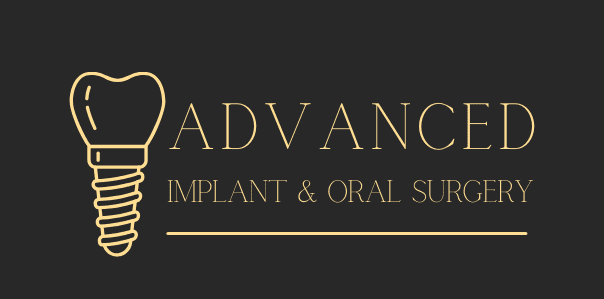Many people use thorough skincare treatments to keep their faces appearing smooth, firm, and youthful. But when we grow older, the skin on the face may lose its elasticity and start to look saggy and loose. But changes in the skin are not the only reasons you might see a sagging appearance in your face.
Oral health will influence your facial aesthetics significantly. Good dental care can maintain and protect the appearance of your face. If you notice cosmetic changes in your smile, a dentist can assist you in enhancing it according to your specific goals. Learn more about how dental care affects your face when you read on.

What Causes the Appearance of Facial Sagging?
Changes in your skin’s makeup can affect the shape and appearance of your face. But dental problems can also contribute to alterations in your facial structure. Shrinkage within the lower jaw can make your face look older. The issue can lead to a decline in oral function that will worsen dental concerns.
This weakening in the jaw can occur in the wake of tooth loss. If you lose one or more teeth, you will no longer have a full set of roots of those teeth that extend below the gumline to reach your jaw. The tooth roots provide stimulation to the jawbone that keeps it strong and healthy.
The jawbone will deteriorate in the absence of stimulation from the tooth root. Then this bone loss will reduce the size of the jaw, affecting the face’s overall shape and appearance. The surrounding skin can start to sag. You cannot stop this effect of tooth loss from happening without help from your dentist.
How Can My Dentist Preserve My Facial Aesthetics?
If you suffer from tooth loss, you should visit your periodontist or dentist to discuss ways to replace these missing teeth and restore your smile. Tooth replacement with dental implants will improve oral function, smile aesthetics, and your dental health. Plus, implants will address the risk of facial sagging, unlike other restorative dental treatment options.
The implants rely on a titanium post anchor that the dentist surgically places into the jaw. It fuses with the jawbone to establish a durable foundation for the prosthetic teeth. It also replaces the missing tooth root to ensure continued stimulation for the jawbone.
With this stimulation, the jawbone will not deteriorate, and you can preserve your face shape. Meet with your periodontist or dental professional to discuss your eligibility for implant dentistry to treat tooth loss.
You can avoid tooth loss in the first place by prioritizing preventative dental care. Visit your dentist for regular check-ups to lower your risk of gum disease, tooth decay, and other oral health concerns that may lead to tooth loss.
Practice good at-home oral hygiene to maximize protection for your smile. Tell your dentist right away about any changes or problems with your oral health to ensure the issues do not worsen.
